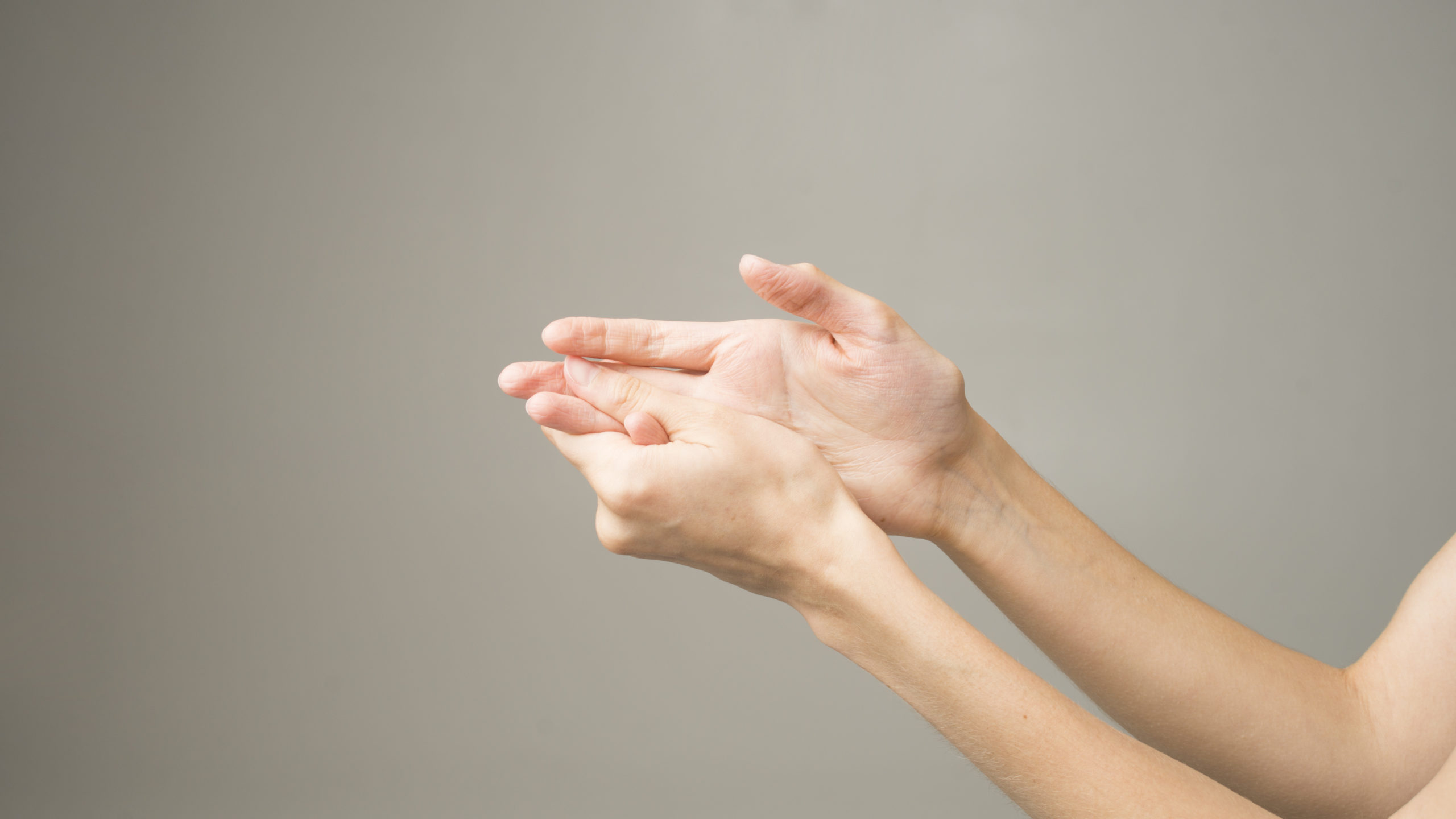
 What is a Boutonnière Deformity?
What is a Boutonnière Deformity?
A Boutonnière deformity is the result of an injury to the central slip, which is the tendon that straightens the middle joint of your finger. The result is that the middle joint of the injured finger cannot straighten, while the end joint bends back into hyperextension because of the force placed on the tendon creating the deformity. Unless this injury is treated promptly, the deformity may progress, resulting in permanent deformity and impaired function.
Causes of Boutonnière deformity
While some Boutonnière deformities may be caused by arthritis, it is generally the result of a forceful blow to the top side of a bent middle joint of a finger.
It also can be caused by a laceration on the back of your finger, which can sever the central slip from its attachment to the bone. The tear looks like a buttonhole (“boutonnière” in French). In some extreme cases, the bone actually can pop through the opening.

Treatment of Boutonnière deformity
Here at Hand Therapy Group, your hand therapist can assess your injury to determine if you have a Boutonnière and if a referral to a hand surgeon is required. Conservative treatment usually includes splints, exercises and education.
If only the central slip is injured (and not the lateral bands), a splint will be applied to the finger at the middle joint to straighten it. This helps keep the tendon in the optimum position for healing but still allows for function through the use of your end joint.
Splinting can vary between 6-8 weeks with gradual movement at around the 6 week mark. Nocturnal splinting (wearing the splint while you sleep) can be expected for another few weeks at this time to help maintain the integrity of the joint.
 Your therapist will guide you through appropriate exercises (including bending your end joint in the splint) and help educate you on what you need to avoid during this time.
Your therapist will guide you through appropriate exercises (including bending your end joint in the splint) and help educate you on what you need to avoid during this time.
If you have any questions regarding a condition you have or to book an appointment, feel free to contact us here. We’d be more than happy to help.
